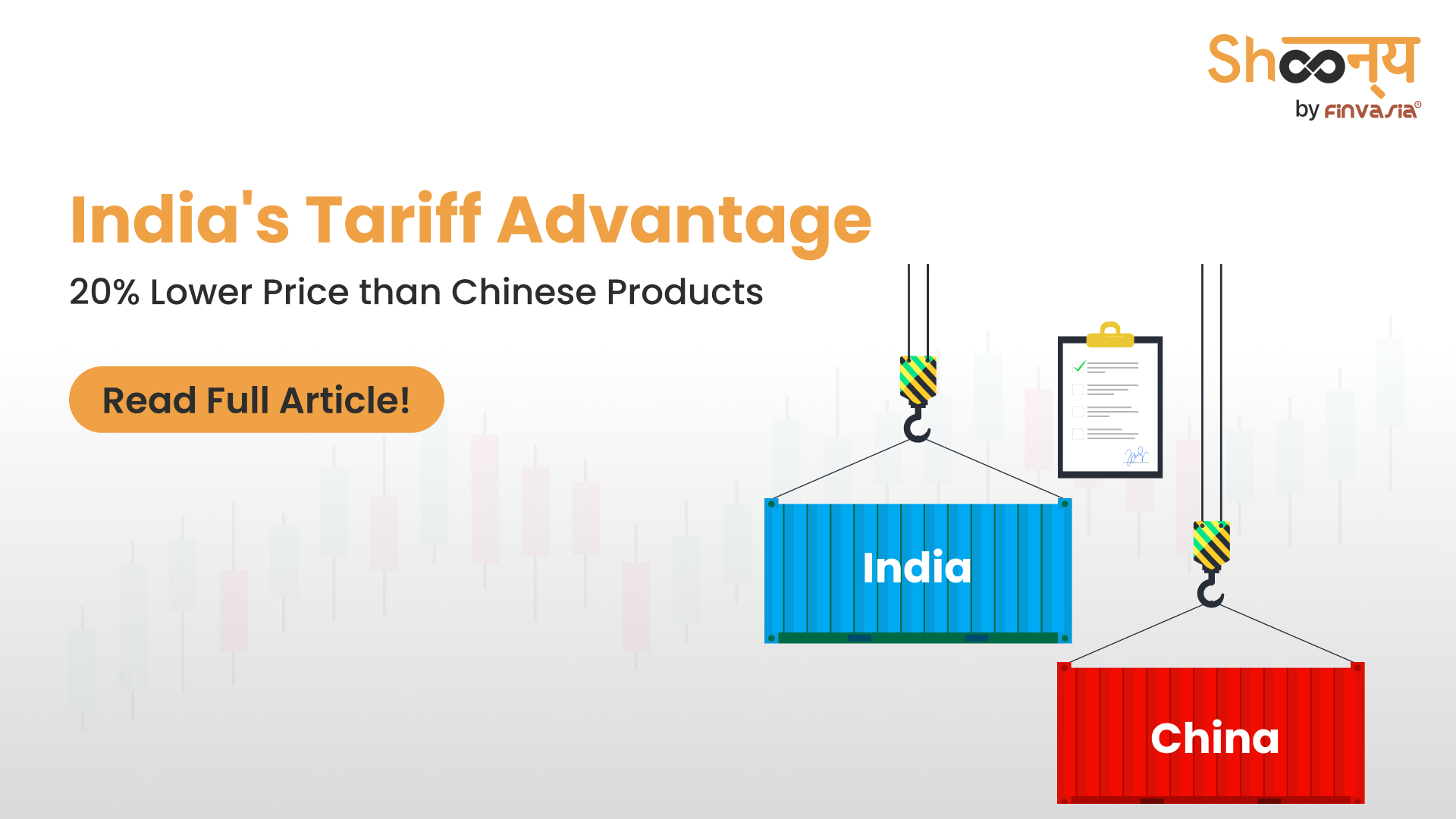India’s Edge in Exports – 20% Less Tariff Compared to Chinese Exports to the US

Amidst the tariff war, India gained an upper hand in exporting cellular products such as smartphones, laptops, tablets, and even iPhones to the US at prices 20% lower than those offered by China. As the US government exempted these electronic devices along with a few others, India and Vietnam got a 20% tariff advantage over China for exports of these products as per the India Cellular and Electronics Association (ICEA).
This Indian electronic export tariff advantage came as China still 20% tariff on smartphones, iPhones, tablets, and other electronics items. In the case of China, the US only removed the reciprocal tariff.
How this tariff edge can help India?
As per ICEA, India has now become one of the major suppliers of smartphones to the US and other parts of the world. In 2024-25, mobile phone exports from India surpassed even ₹2 lakh crore, which is an all-time high. The export even grew by 55% in just one year when compared to 2023-24 export levels, which stood at ₹1.29 lakh crore.
Apple’s iPhone-making industry has become one of the top job providers in India as well, which accounts for the maximum exports of smartphones from India. Currently, iPhones worth even $22 billion are being produced in the country, which indicates the shift in the manufacturing base of Apple’s from China to India. This accounts for around 20% of the entire production of iPhones across the globe. This is a game-changer for the entire supply chain and manufacturing of iPhones as well, which has been fueled by pandemic-based disruptions, geopolitical scenario, and strategic diversifications.
Here in India, Tata Group’s electronics arm, along with Foxconn Technology Group, has been emerging as the top manufacturer of iPhones in India. As per Union Minister Ashwini Vaishnaw, out of the total smartphone exports, iPhone itself constituted ₹1.5 lakh crore of exports.
Silver Lining along with some challenges
With Trump exempting smartphones, tablets, iPhones, and other similar electronic devices from the tariff loop, investors regained faith in the industry. Having said that, while some semiconductor chips are exempted, the equipment used for manufacturing semiconductors is still going to attract tariffs.
As per Ashok Chandak, IESA President, this move is to ease the short-term supply chain disruptions, and this is a tactical recalibration instead of a complete trade policy change. This move comes at a time of geopolitical tension rising and can help in easing it to some extent.
As per other experts, investors can bank on this move and build solid long-term plans if they want to invest in the electronics and cellular segment.
Source: MoneyControl
______________________________________________________________________________________
Disclaimer: Investments in the securities market are subject to market risks; read all the related documents carefully before investing.








